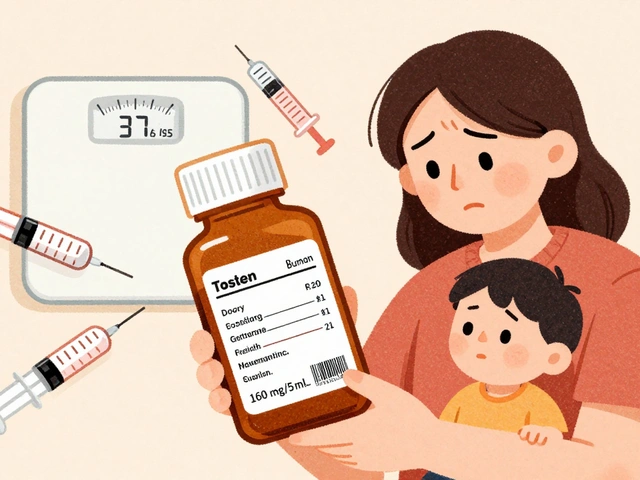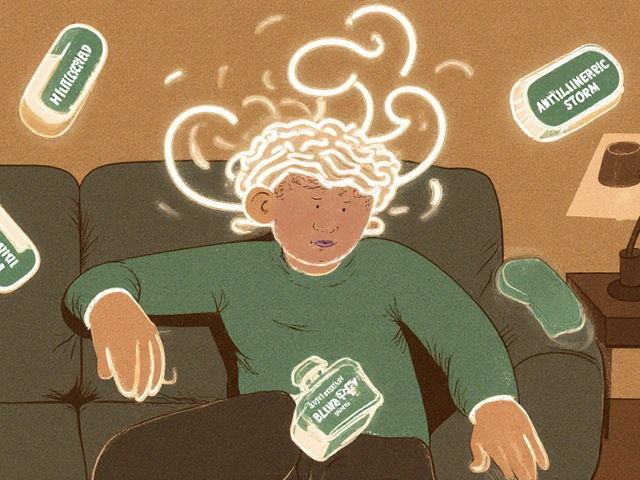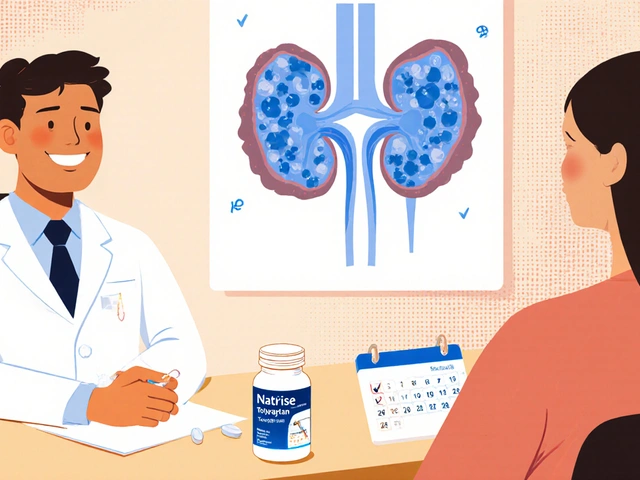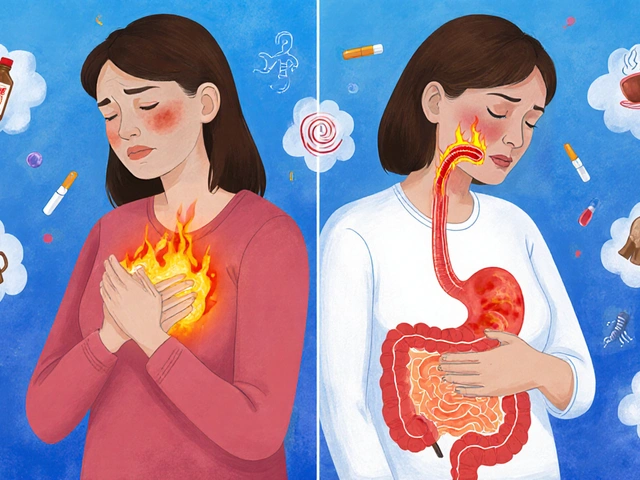Gallstones Explained: What Triggers Them and How to Deal With Them
If you’ve ever felt a sharp ache in the upper right belly after a big greasy meal, odds are you’ve wondered about gallstones. They’re tiny, hard deposits that form in your gallbladder, and while many people never notice them, others can get painful attacks. The good news? You can often prevent or manage gallstones with a few everyday changes.
Why Gallstones Form – The Main Triggers
Gallstones usually develop when cholesterol, bilirubin, or calcium imbalance builds up in the bile. A diet high in saturated fats, rapid weight loss, or a family history can push the odds higher. Even certain medical conditions—like diabetes, liver disease, or Crohn’s—can tip the scales. Think of it as a recipe: too much cholesterol plus a sluggish gallbladder equals stone formation.
Spotting Symptoms and Getting a Diagnosis
Most gallstones are silent, but when they start blocking the bile ducts you’ll feel a sudden, intense pain in the right upper abdomen that can radiate to the back or right shoulder. Nausea, vomiting, and a fever may follow if an infection sets in. If you notice these signs, a doctor will likely order an ultrasound – it’s quick, painless, and catches stones as small as a grain of sand. Blood tests can also reveal signs of inflammation or infection.Once diagnosed, you have a few pathways. If the stones are tiny and not causing trouble, doctors may simply watch and wait. If they’re causing pain or complications, treatment options range from medication that dissolves cholesterol stones to a minimally invasive laparoscopic cholecystectomy, where the gallbladder is removed. The surgery is usually an outpatient procedure, meaning you’re home the same day.
While surgery sounds scary, most people recover in a week or two and can return to normal eating patterns. Still, making smart food choices can reduce the risk of new stones forming after the operation or even prevent the first stone.
Diet Hacks to Keep Gallstones at Bay
Switching to a low‑fat, high‑fiber diet makes a big difference. Aim for lean proteins like chicken, fish, or beans, and pair them with plenty of fruits, veggies, and whole grains. Foods rich in omega‑3 fatty acids – such as salmon, walnuts, and flaxseeds – can help keep cholesterol levels in check. Avoiding fried foods, fatty cuts of meat, and sugary drinks cuts down the bile’s cholesterol load.
Staying hydrated is another easy win. Drinking at least eight glasses of water a day dilutes bile and helps it flow smoothly. If you’re trying to lose weight, do it gradually; crash diets can actually increase gallstone risk because rapid weight loss causes the liver to release extra cholesterol into the bile.
For those who love coffee, a moderate amount (up to three cups) may lower gallstone risk, thanks to coffee’s ability to stimulate gallbladder contraction. However, adding a lot of cream or sugary syrups defeats the purpose.
When to Seek Help and What to Expect
If you get a sudden, severe pain that lasts more than a few hours, or if you develop a fever, chills, or yellowing of the skin, call a doctor right away. Those signs could mean a trapped stone or an infection that needs urgent care. Most emergency departments can perform an ultrasound quickly and start treatment to relieve pain and prevent complications.
After surgery or medication, follow‑up appointments are key. Your doctor will check liver function, make sure the bile ducts are clear, and give you personalized diet advice. Many patients notice better digestion and fewer stomach aches within weeks.
Bottom line: gallstones are common, but they don’t have to control your life. By understanding the risk factors, watching for symptoms, and making simple diet tweaks, you can keep the pain at bay and stay on top of your health.

Gallstones and Mental Health: Coping with the Stress
Gallstones don't just cause physical discomfort—they can also take a toll on your mental health. Stress and anxiety often accompany this condition. Learn how gallstones can impact your emotional well-being and discover practical tips to manage stress. Proper support and self-care can make a difference in dealing with gallstones.




